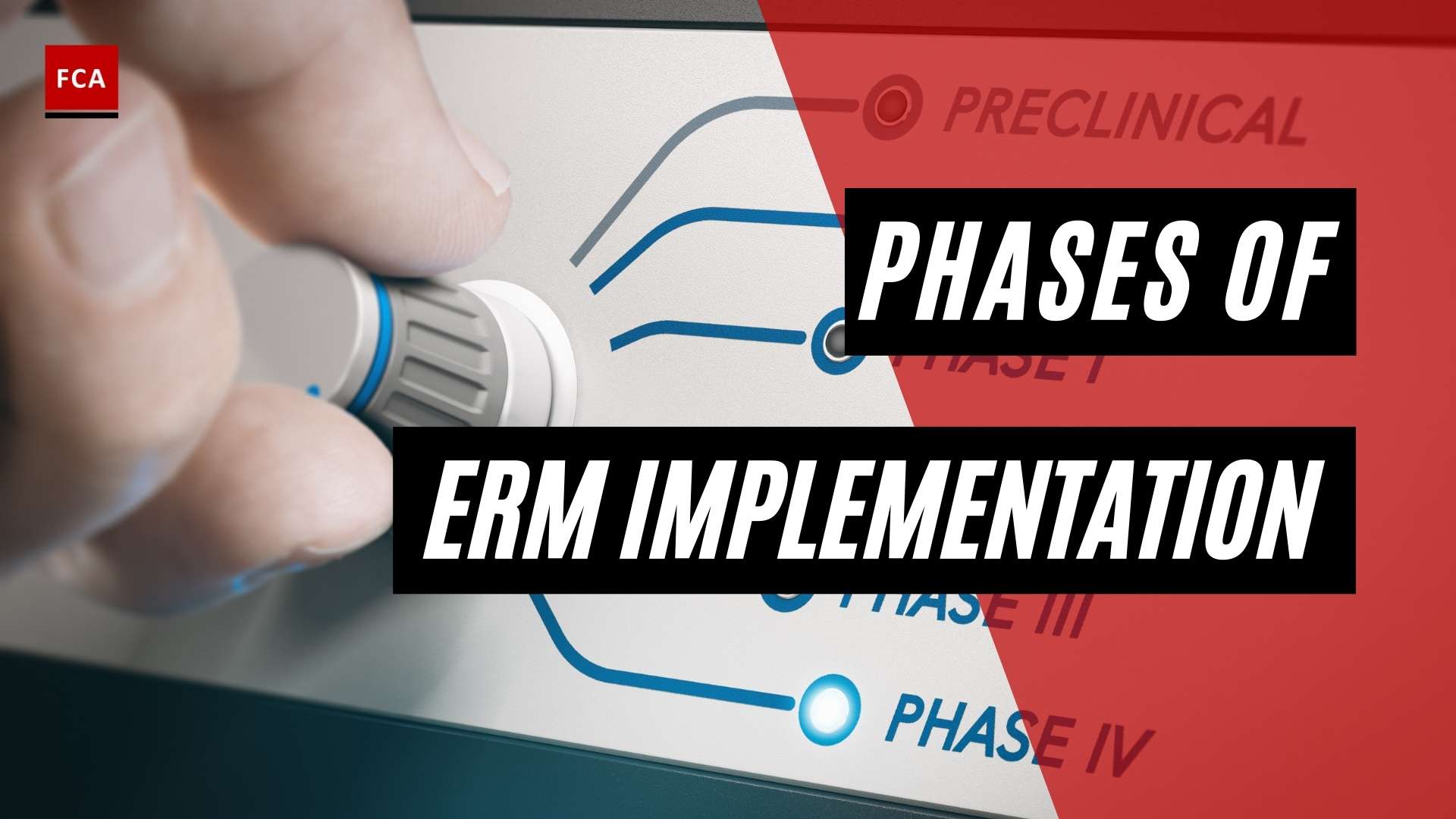The organization’s willingness to take and accept risk is referred to as risk appetite. The organization’s risk appetite is defined in terms of creating, preserving, and realizing value. This article elaborates on ‘What Is Risk Appetite’.
Decisions on strategy and risk appetite are not made linearly, with one decision always coming before the other. It is unlikely there is a universal risk appetite that applies to all enterprises. Many businesses establish strategy and risk appetite simultaneously, refining both during the strategy-setting process.
Some boards will give feedback and may dispute management on its risk appetite selection; however, others would be required to agree with management and accept the risk appetite set. Regardless of how choices are made, the organization will have a general understanding of its risk appetite based on its defined goal and vision, as well as prior strategies.
Strong risk appetite
These are important inputs into any risk appetite, which is refined whenever an organization reviews alternative strategies and selects the desired strategy.
Some entities assess risk appetite in qualitative terms, whereas others prefer quantitative terms, frequently concentrating on the balance of growth, return, and risk. Whatever method is used to describe risk appetite should represent the organization’s culture. Furthermore, defining a strong risk appetite can assist build and enforcing the ideal culture if the organization wishes to modify some part of the culture.
Creating risk appetite
An entity’s best approach is one that matches with the analysis used to assess risk in general, whether qualitative or quantitative. Creating risk appetite statements is an exercise in determining the best balance of risk and opportunity. When taken together, these considerations help to characterize the entity’s risk appetite and provide greater precision than a single, higher-level statement. It could be unusual for an organization to set its risk appetite above its risk capacity, but under exceptional circumstances, an organization may choose to do so.
This might occur, for example, if a firm accepts the threat of insolvency while realizing that success can bring significant value. When an organization manages risks that exceed its risk appetite, management is often asked to either amend its practices to function within its risk appetite, or formally accept this degree of risk-taking. Some organizations will also seek board permission in such instances.
Determining Risk Appetite
No standard or “right” risk appetite applies to all entities. Management and the board of directors choose a risk appetite with an informed understanding of the trade-offs involved. Risk appetite may encompass a single depiction or several depictions that align and collectively specify the acceptable types and amount of risk.
Numerous approaches are available to determine risk appetite, including facilitating discussions, reviewing past and current performance targets, and modeling. This allows organizations to consider stakeholders in the discussion on business context. Management is responsible for communicating the agreed-upon risk appetite at various degrees of detail throughout the organization. Management revisits and reinforces risk appetite over time with the board’s support, considering new and developing issues.
‘Low appetite’ and ‘High appetite’
For some entities, using general terms such as “low appetite” or “high appetite” is sufficient. Others might consider such statements to be too vague to effectively communicate and implement, and, therefore, they may look for more quantitative measures. Often, organizations’ description of risk appetite becomes more precise as they become more experienced in enterprise risk management. In some instances, organizations might develop quantitative measures that link to the risk appetite statement.
In most cases, these metrics would be aligned with the strategy and related business objective targets. For example, an entity that focuses on enterprise risk management techniques on lowering performance variability might reflect its risk appetite through financial results or stock beta. Risk appetite should be positioned and perceived as a dynamic approach to shaping the entity’s risk profile rather than as an additional performance limitation.

Different parameters for risk appetite
An organization may consider any number of parameters to help frame its risk appetite and provide greater precision. For example, the organization may consider: strategic parameters, such as new products to pursue or avoid, the investment for capital expenditures, and merger and acquisition activity; financial parameters, such as the maximum acceptable variation in financial performance, return on assets or risk-adjusted return on capital, target debt rating, and target debt/equity ratio; and operating parameters, such as environmental requirements, safety targets, quality targets, and customer concentrations.
Management may also consider the entity’s risk profile, risk capacity, enterprise risk management capability, and maturity, among other things, when determining risk appetite.
A risk profile provides information on the entity’s current amount of risk and how it is distributed across the entity, and the different categories of risk for the entity. New organizations will not have an existing risk profile to draw from; however, they may be able to get valuable information from their industry and competitors.
Final Thoughts
Before the board could understand or determine if the management’s risk taking behavior is appreciate, it has to have a sense of the stakeholders overall appetite for risk taking. The concept is fairly new, therefore, this article was made to give you a bit of understanding about risk appetite.








